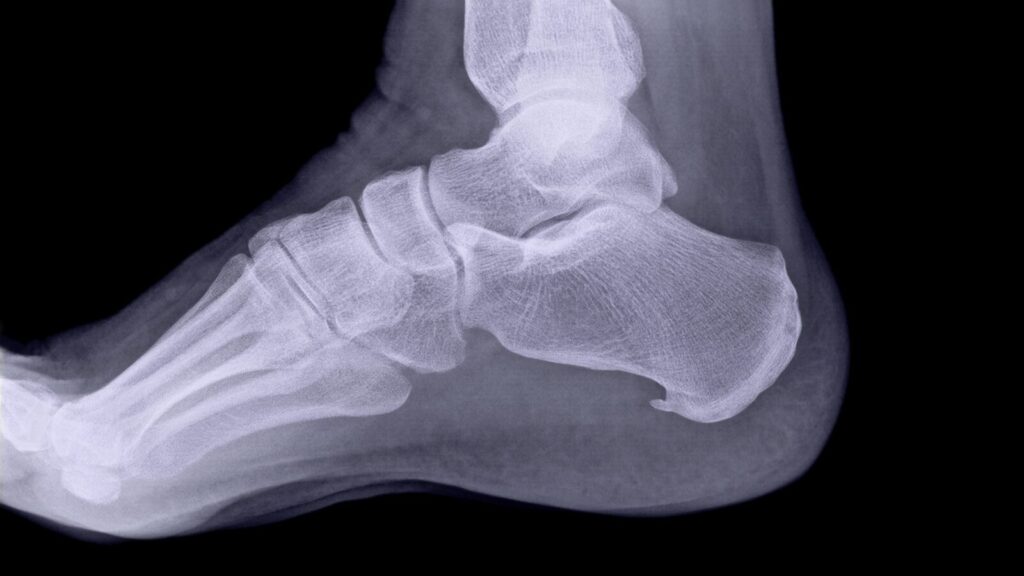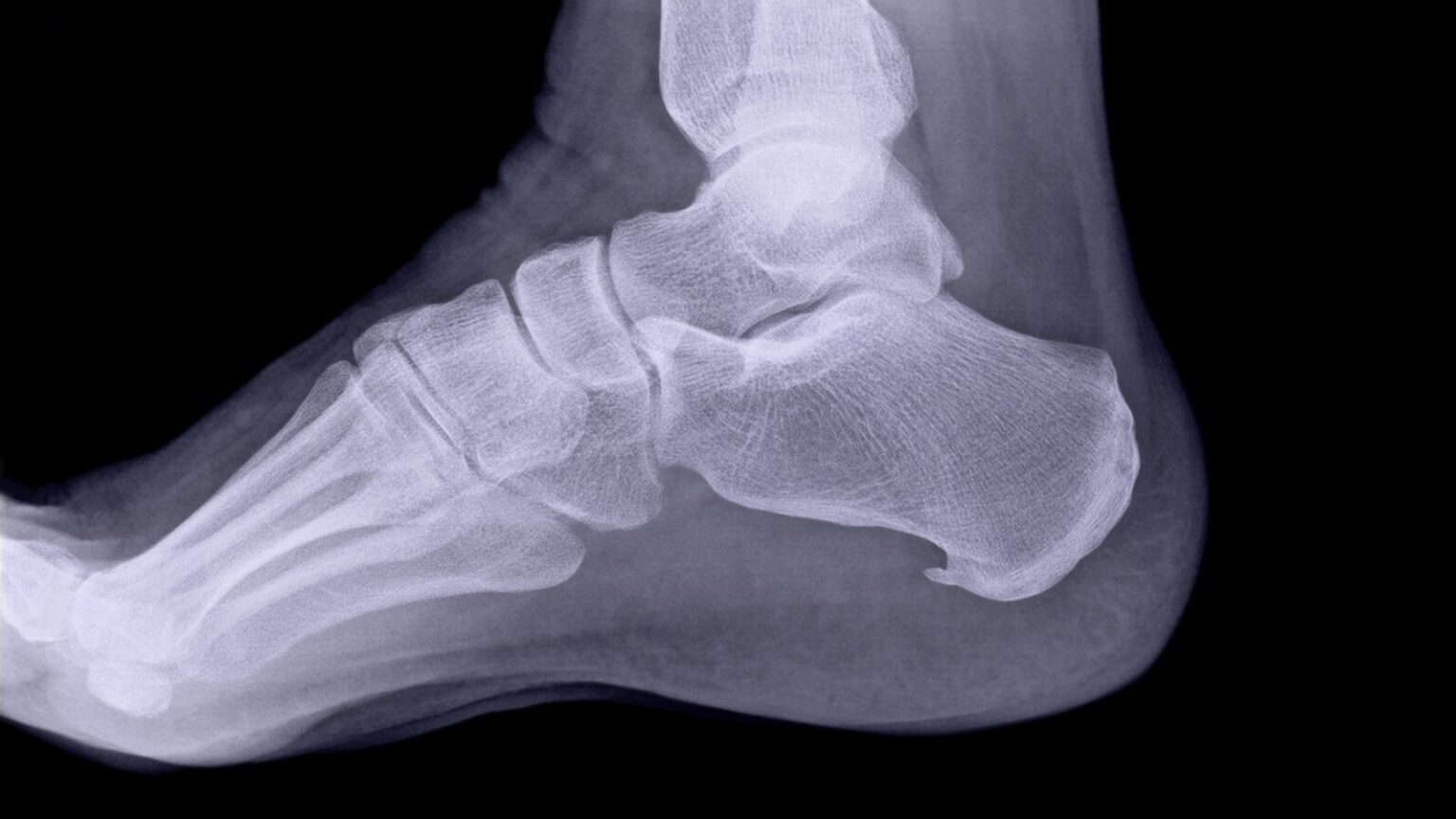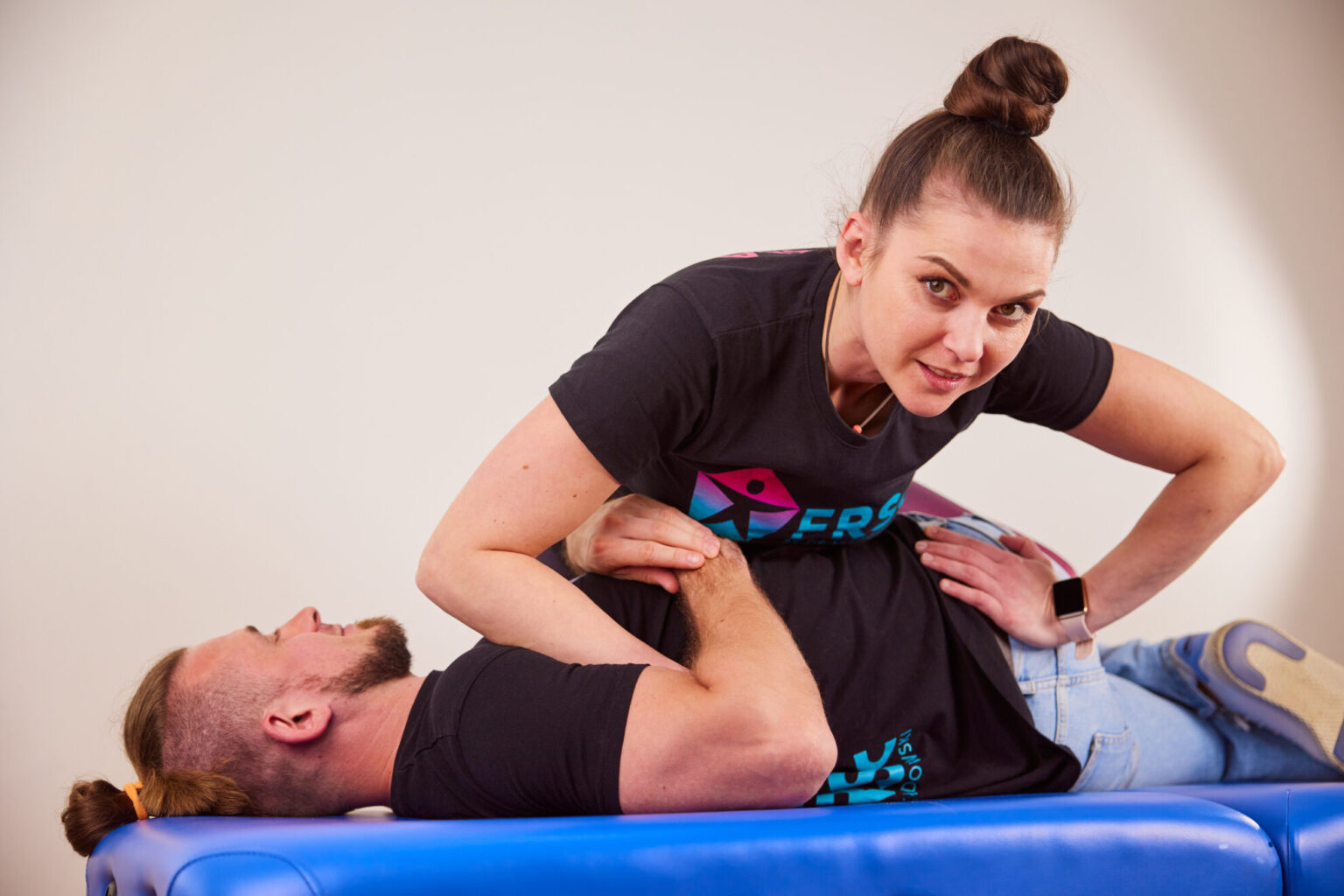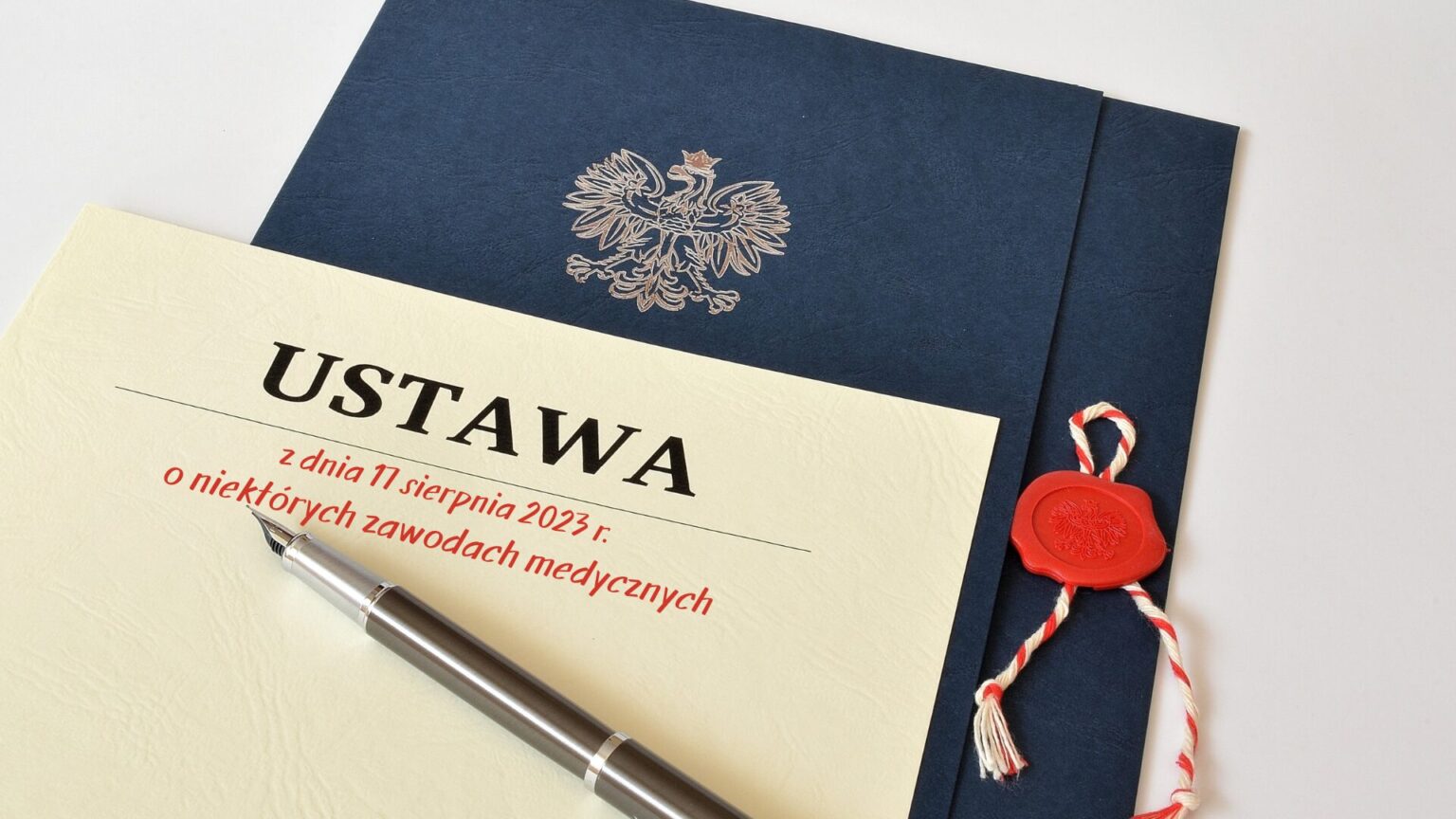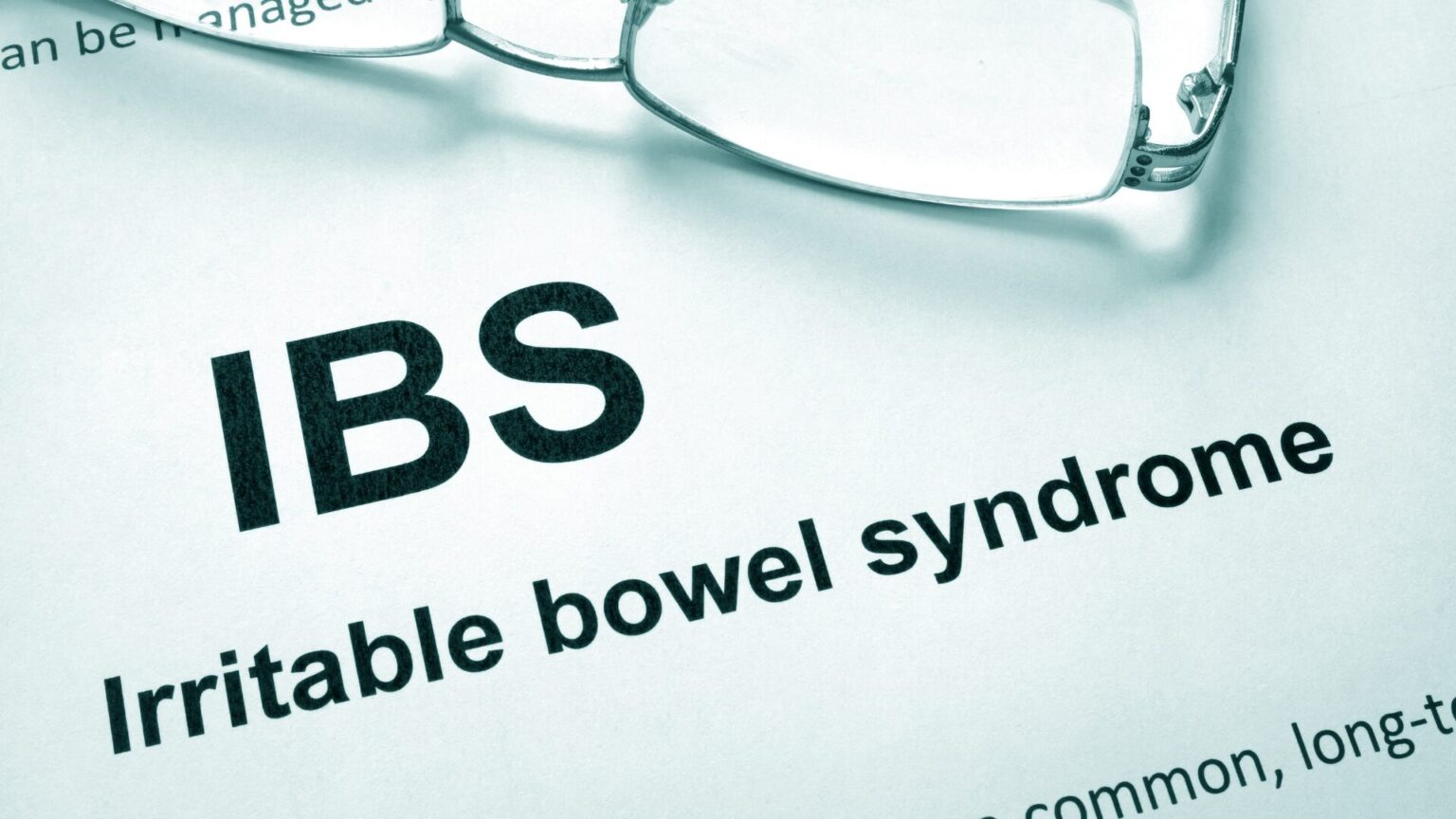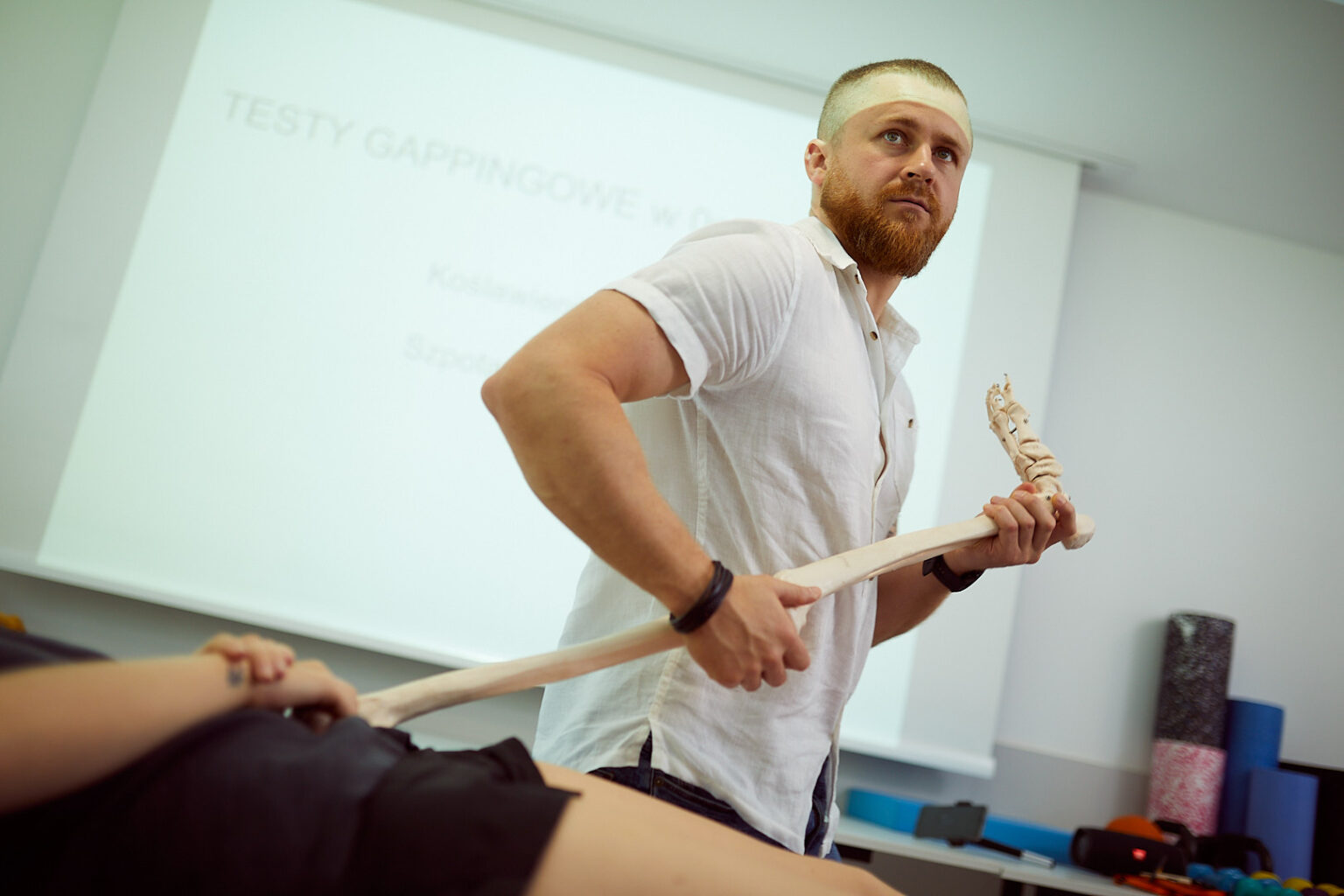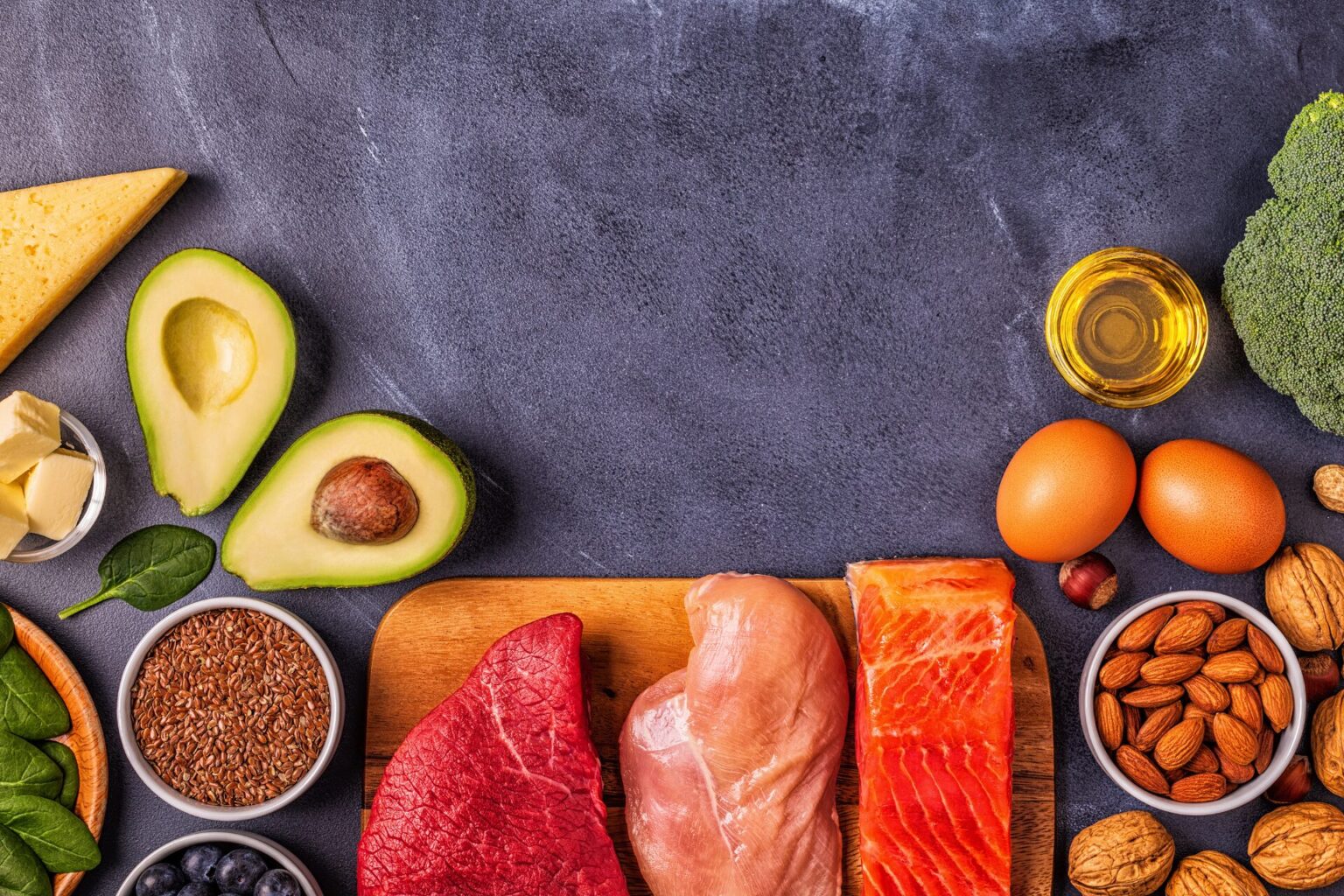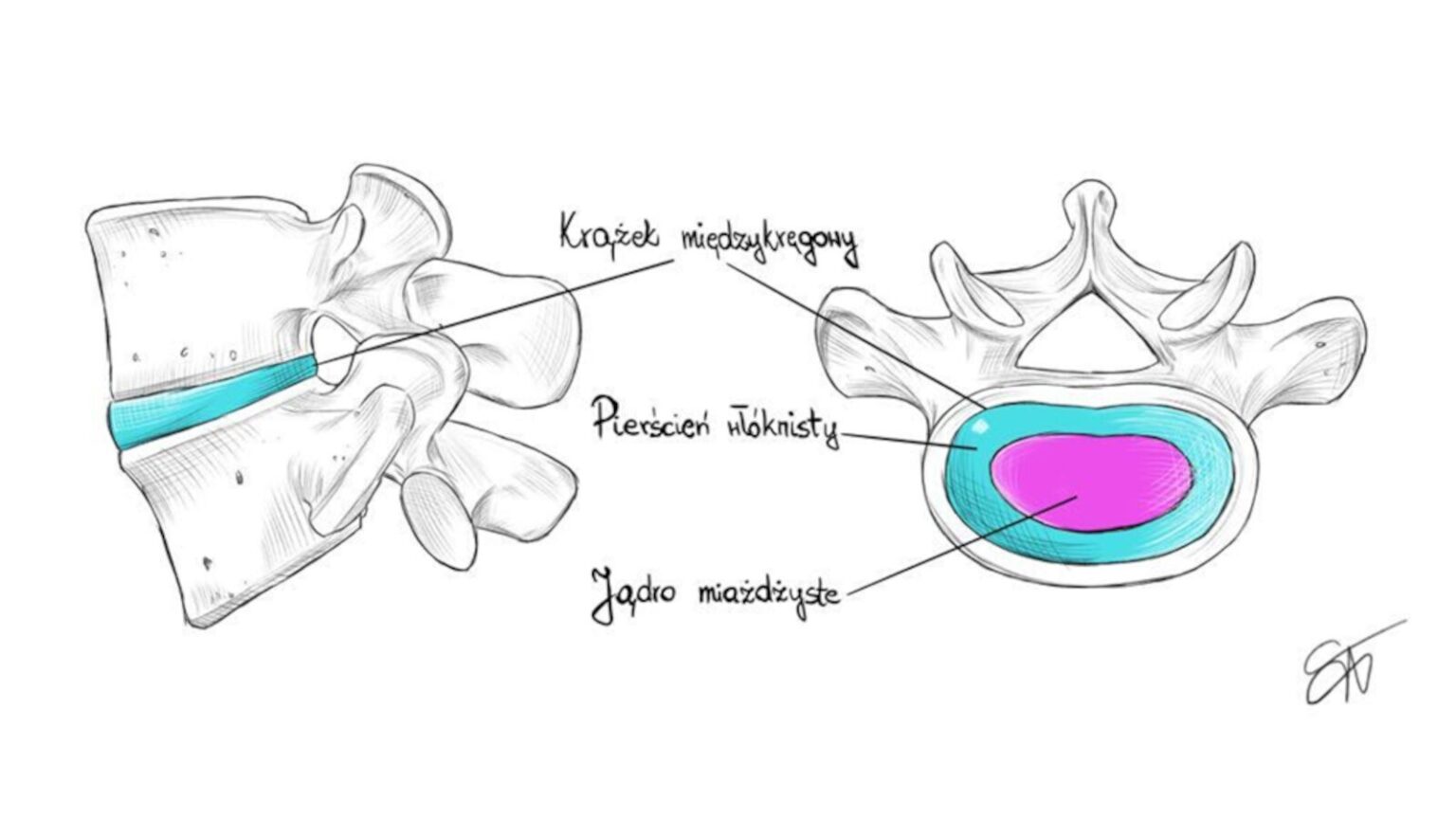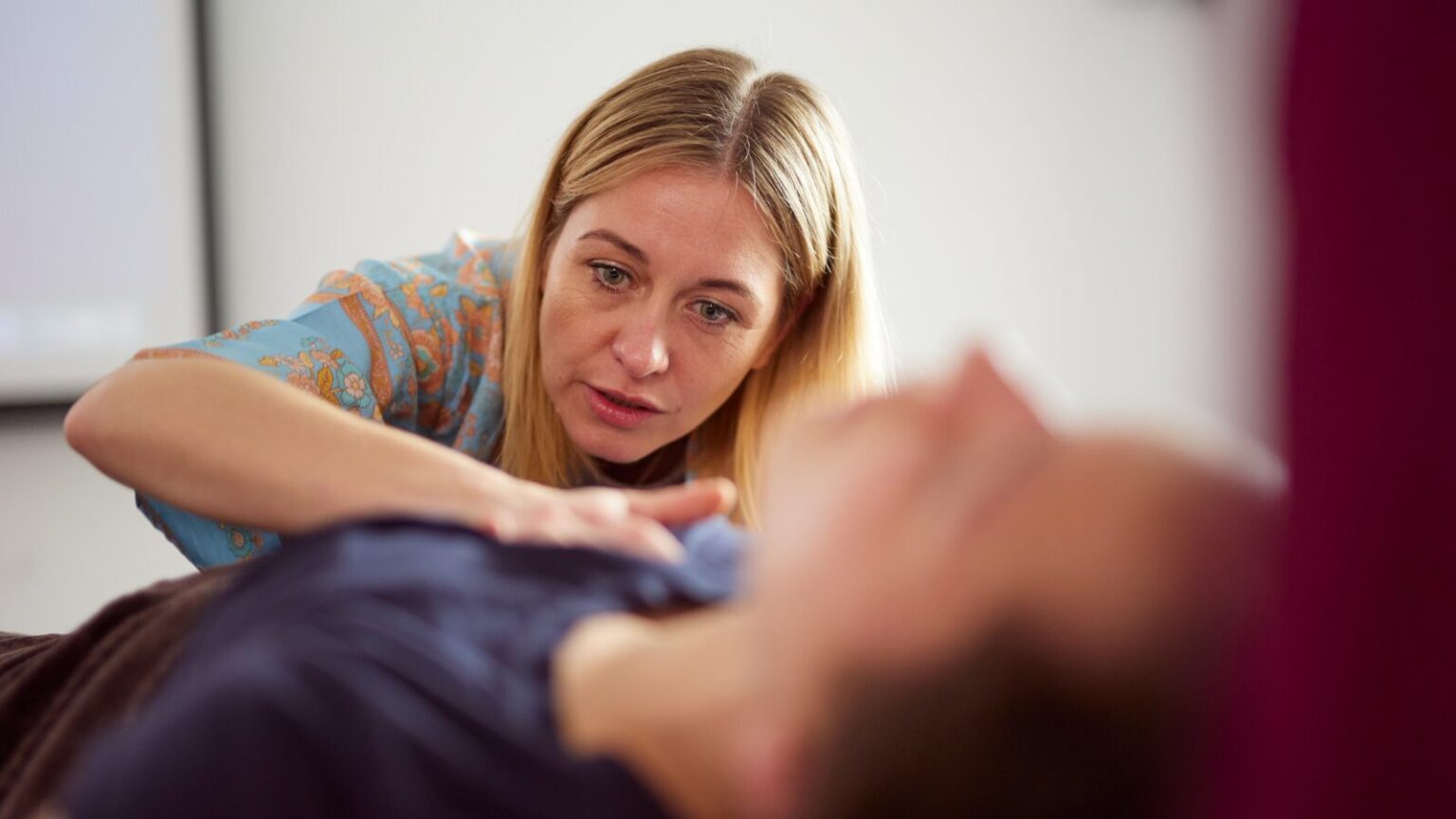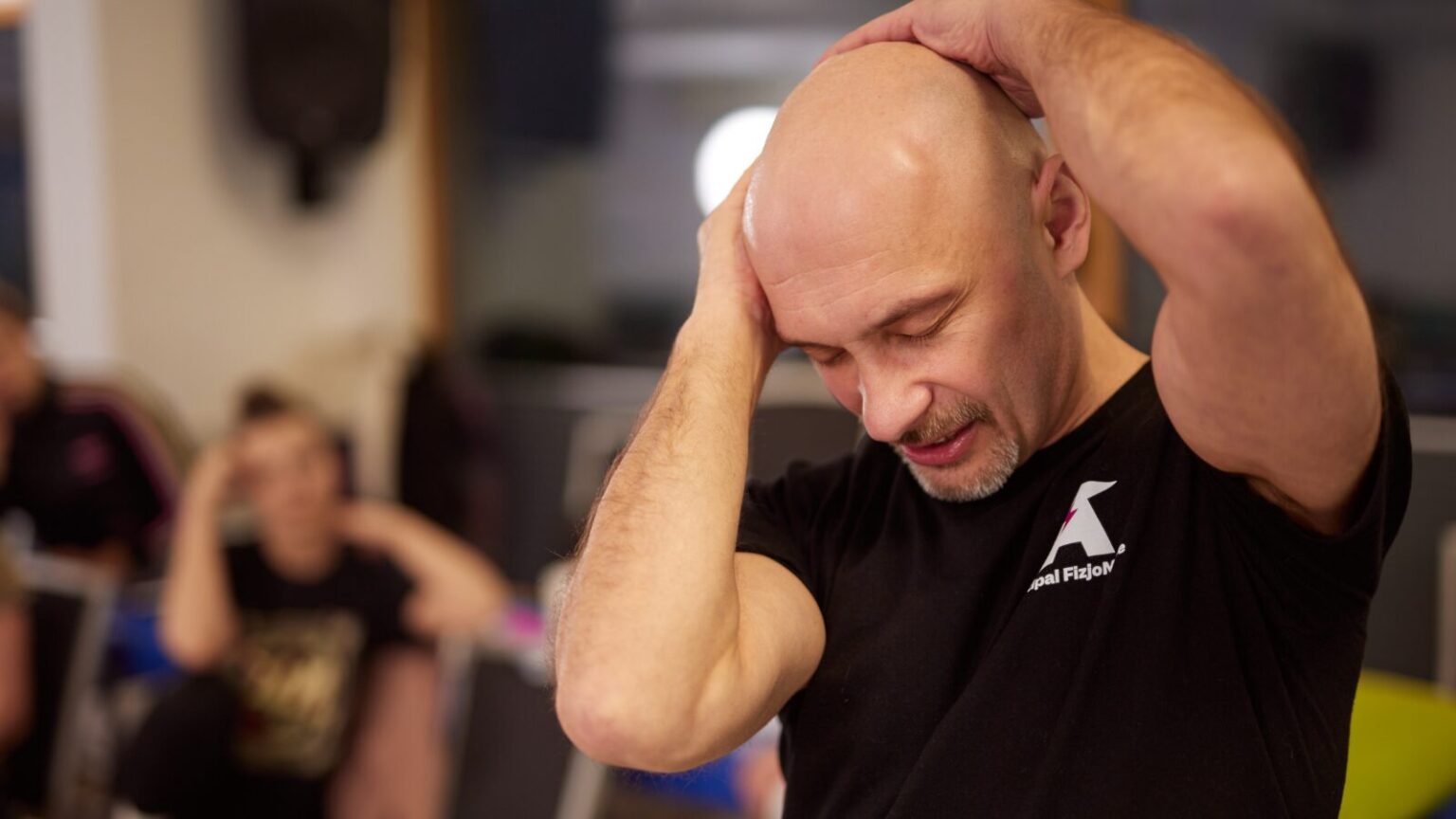Leczenie ostrogi piętowej metodami Akupunktury Master Tung i koncepcji komplementarnych
Poznaj skuteczne metody leczenia ostrogi piętowej dzięki technikom Akupunktury Master Tung i diagnostyce Hary, eliminujące…
Manipulacje kręgosłupa: działanie, korzyści i bezpieczeństwo
Manipulacje kręgosłupa to popularna technika terapeutyczna, która ma na celu poprawę funkcji ruchowych oraz łagodzenie…
Technik masażysta 2025. Nowe przepisy, nowe obowiązki, nowe możliwości.
Czy technik masażysta może stracić uprawnienia? Tak! Ale spokojnie – jeśli przeczytasz ten artykuł, dowiesz…
Zespół Jelita Drażliwego: Etiologia, Przyczyny, Skutki, Leczenie i Rola Fizjoterapii
Zespół jelita drażliwego (IBS, ang. Irritable Bowel Syndrome) jest przewlekłym, czynnościowym zaburzeniem przewodu pokarmowego, charakteryzującym…
Łąkotki stawu kolanowego: Typy uszkodzeń a wybór metody leczenia
Uszkodzenia łąkotki są powszechnym problemem ortopedycznym, który może znacząco wpłynąć na funkcję stawu kolanowego. Spotykamy…
Diety wysokotłuszczowe i ich wpływ na aktywność autonomicznego układu nerwowego
Szeroko pojęte diety wysokotłuszczowe (keto, paleo, dieta optymalna) to diety, które zawierają odpowiednią ilość tłuszczów…
Lumbar Discopathy: Diagnosis, Treatment, and Prevention
The intervertebral disc, commonly referred to simply as a 'disc,' is a structure located between two..
Burst in the Body: The Process of Reorganization and Detoxification After Manual Therapy
During intensive manual therapy, various therapeutic impulses are used, such as manual medicine, therapy, psychosomatic techniques,...
Is FRSc Therapy Painful?
The title question 'Is FRSc therapy painful?' is frequently asked by both patients and...

